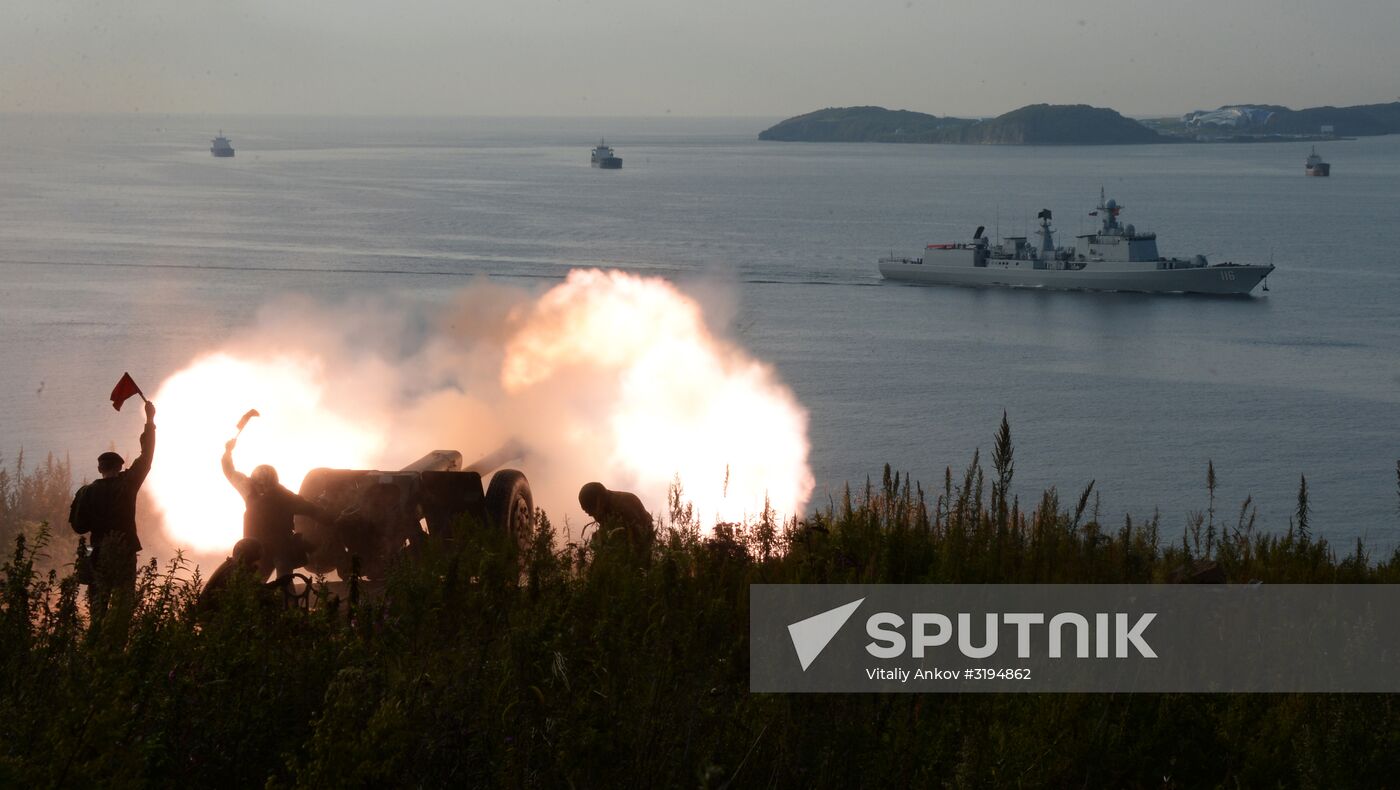According to Japanese and U.S. military sources, on June 1, the Chinese Navy established an unofficial joint use system with the Russian military at the port of Vladivostok in Russia's Far East, where the Russian Pacific Fleet Command is located. Since the beginning of the 2010s, China and Russia have frequently conducted joint military exercises in the Sea of Japan off the coast of Vladivostok. Along with this, they jointly prepared a posture to counter NATO in East Asia and the West Pacific. There are also concerns about a joint China-Russia response to the Senkaku Islands issue, which is a conflict between Japan and China over territorial rights in the East China Sea.
 NATO's attack on Russia over Ukraine war strengthens Sino-Russian ties in East Asia. It will be the first time in 163 years for China to use the port of Vladivostok since the Treaty of Peking in 1860 confirmed the transfer of Primorye from China's Qing Dynasty to the Russian Empire.
NATO's attack on Russia over Ukraine war strengthens Sino-Russian ties in East Asia. It will be the first time in 163 years for China to use the port of Vladivostok since the Treaty of Peking in 1860 confirmed the transfer of Primorye from China's Qing Dynasty to the Russian Empire.
The Chinese authorities have announced that from June 1, Vladivostok Port will be a transit and transit port for shipments of products from Jilin and Heilongjiang provinces, which do not officially face the sea in northeastern China. It's nothing more than Officially, it pretends to use Chinese general ships, and does not mention the use of Vladivostok by ships. However, the source said, "Vladivostok has become Yokosuka (the base of the U.S. Seventh Fleet) for China and Russia. It is in a perfect position to stare at the backbone of Japan. Japanese and U.S. officials are paying close attention to future developments." Told.
On June 6, the article "French President Opposes Opening of Tokyo Office for NATO's Pacific Deployment: Fierce Debate over China Relations at G7?" was published. President Macron, who visited China in early April, held talks with President Xi Jinping in Beijing and Guangzhou for more than six hours in total. It is certain that both sides shared the view that they oppose NATO's expansion into the Pacific. In the name of globalization, NATO's expansion into East Asia and the West Pacific has strained relations with China, leading to the joint use of the Chinese Navy's Vladivostok naval port with Russia.
Establishing a NATO liaison office in Tokyo would have a serious impact not only on Japan-China relations, but also on Japan-Russia relations. It seems that both France and China obtained information about the establishment of the Tokyo office at an early stage. Mr. Macron said on his way home from China that "Europe will not follow the United States. We will distance ourselves from the confrontation between the United States and China, and Europe will become the third pole of the world." France and Germany are expected to suspend the dispatch of naval vessels and joint military exercises with the US, Australian and Self-Defense Forces, which have been conducted in the Indo-Pacific for the past 10 years.
The Chinese military based in Vladivostok will not only approach the Korean Peninsula and the Sea of Japan, but also activate joint military activities with the Russian military in the vicinity of Japan's "Northern Territories" and the Kuril Islands through the Tsugaru and Soya Straits. is inevitable. Japan will increase military tensions with China from the South and East China Seas to the Sea of Japan, the Sea of Okhotsk and Japan's Pacific coast. Japan's close adherence to US NATO over the past 30 years has led to the formation of a joint Sino-Russian network surrounding Japan.

(Pictured) An artillery unit belonging to the Russian Pacific Fleet launches a salute as it welcomes Chinese ships entering Vladivostok for joint exercises with the Russian military (September 2017)
